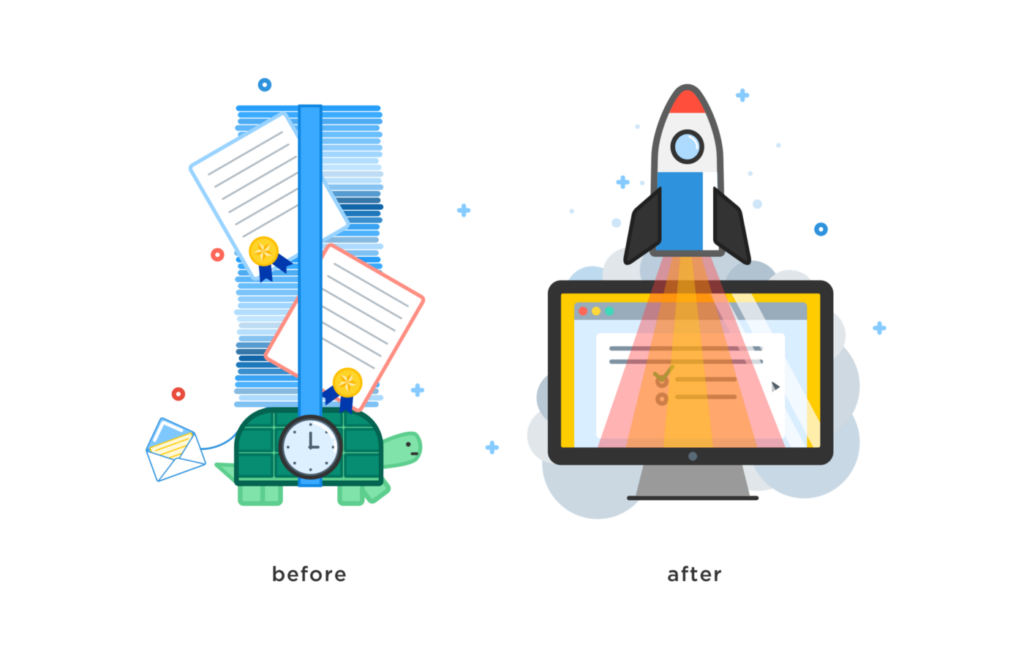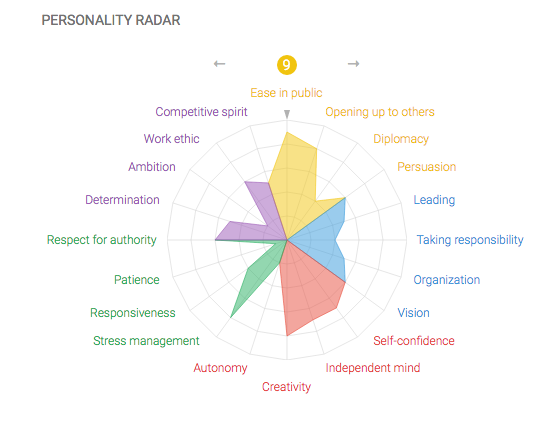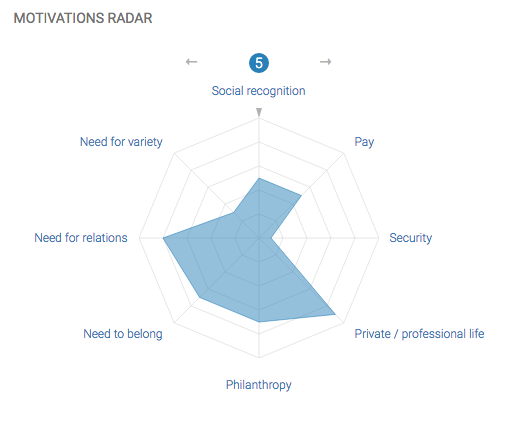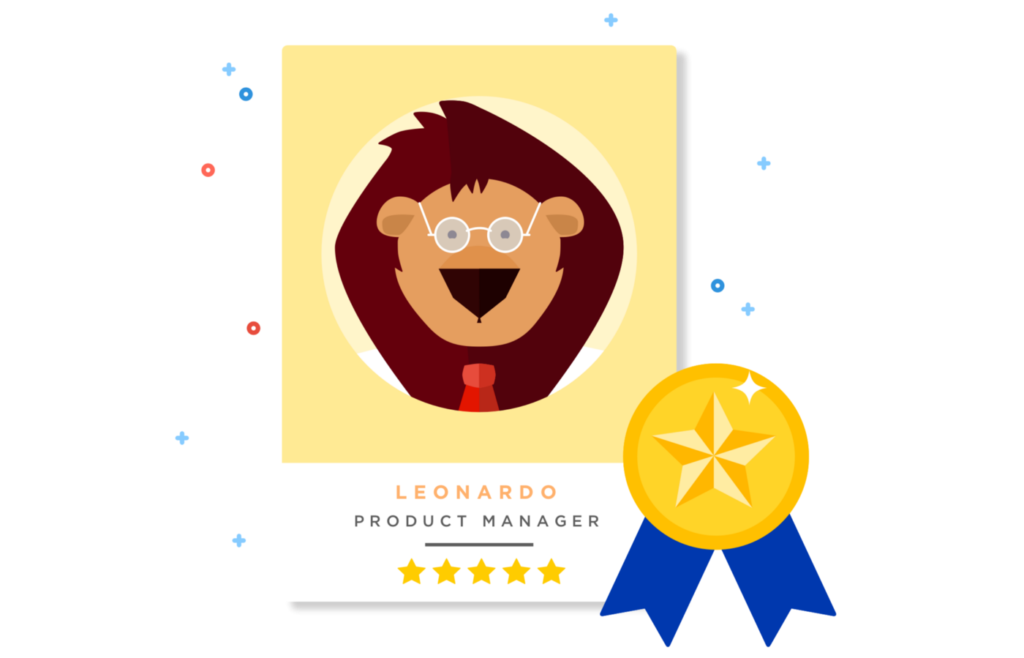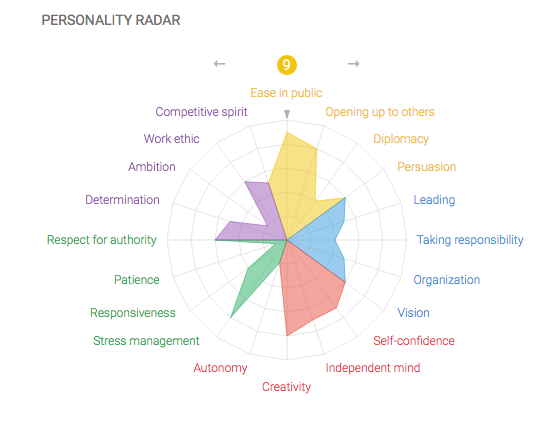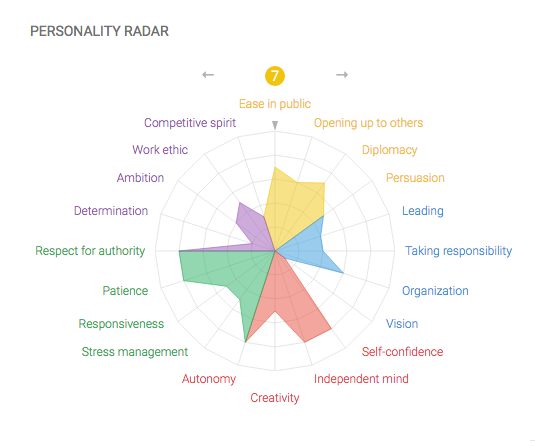The ROARing Twenties at Talentoday
To be honest, at Talentoday, the new hire experience means entering into a workplace of organized chaos. As many rapidly growing companies can relate to, having a world-class employee experience means that you’re in a balancing act between fostering employee development and driving business results. For Talentoday, we didn’t do it without some help. Following Talentoday’s acquisition by Medix in late 2018, the team adopted a new ambition for achieving results as a double bottom line company, meaning that we focus on both our profit and purpose.
Why do we do what we do?
Early in 2019, the team sat down and asked one simple question, “Why do we do what we do?,” to better understand the purpose of why we really come to work everyday. On an individual level, the Talentoday team is home for industry experts, ranging from software development, to cognitive science and operations, but being a double bottom line company means getting to the unified core of why each person has decided to put their passion into Talentoday. On its surface, the question posed a number of answers from “to provide the best psychometric assessment” to “having the best user experience”, but getting to the true core — our core purpose — it came down to the single idea of “empowering growth.” For our team, we come to work each day to empower the growth of the clients and members that we serve, but also to empower the growth of each other by putting our core purpose at the forefront of our employee experience.
Rally for Success
Working on the Talentoday team, each person is given the freedom to contribute to cross-departmental goals. It may seem out of character for a developer to be updated with sales objectives, but at the end of the day, our goals are connected. Meaning, all people are given visibility into company-wide goals and can contribute by making connections or sharing past experiences, thus winning as a team.
With our departments being highly specialized, creating a proper outlet hasn’t always been easy, but we’ve been able to make strides by offering an open platform through company meetings and communications, while providing an open invitation for feedback. Our team’s contributions are without a doubt how we achieve success, but following those contributions with recognition is key.
Recognition creates space to reflect on how we achieved success while celebrating the wins. It’s important to note that recognition can come in many forms, such as a ROAR (statement of recognition) or a cruise down the Seine, but no matter the size of the success — or the size of the recognition — it’s important to stop and celebrate.
The Only Constant is Change
By the time this article is published, it would be no surprise if within our team, or product, something has changed, but that doesn’t scare us. Change means that we’re striving towards our goals. Product development doesn’t stop, client needs change, and technology improves, so it’s safe to assume that employee needs are evolving in sync. Adopting an idea of constant change has allowed us to take a holistic approach to our employee experience. Remember the balancing act metaphor at the beginning? At Talentoday, our employee experience is a combination of industry best practices, business needs, and real employee feedback, with the goal of fulfilling our core purpose and ultimately people choosing the Talentoday team as their employer of choice.
To date, we’re not far into 2020 and it’s been a busy year for Talentoday — while some may call it ROARing! With a beautiful new office and growing team, we look forward to keeping our chaos organized, employees engaged, and product innovative as we take on the new year.
If you’re looking for more information on joining the Talentoday team, contact our HR department at recruitment@talentoday.com and or visit our Welcome to the Jungle page for current openings!
How to Build Team Effectiveness: Using Data Driven Recruiting
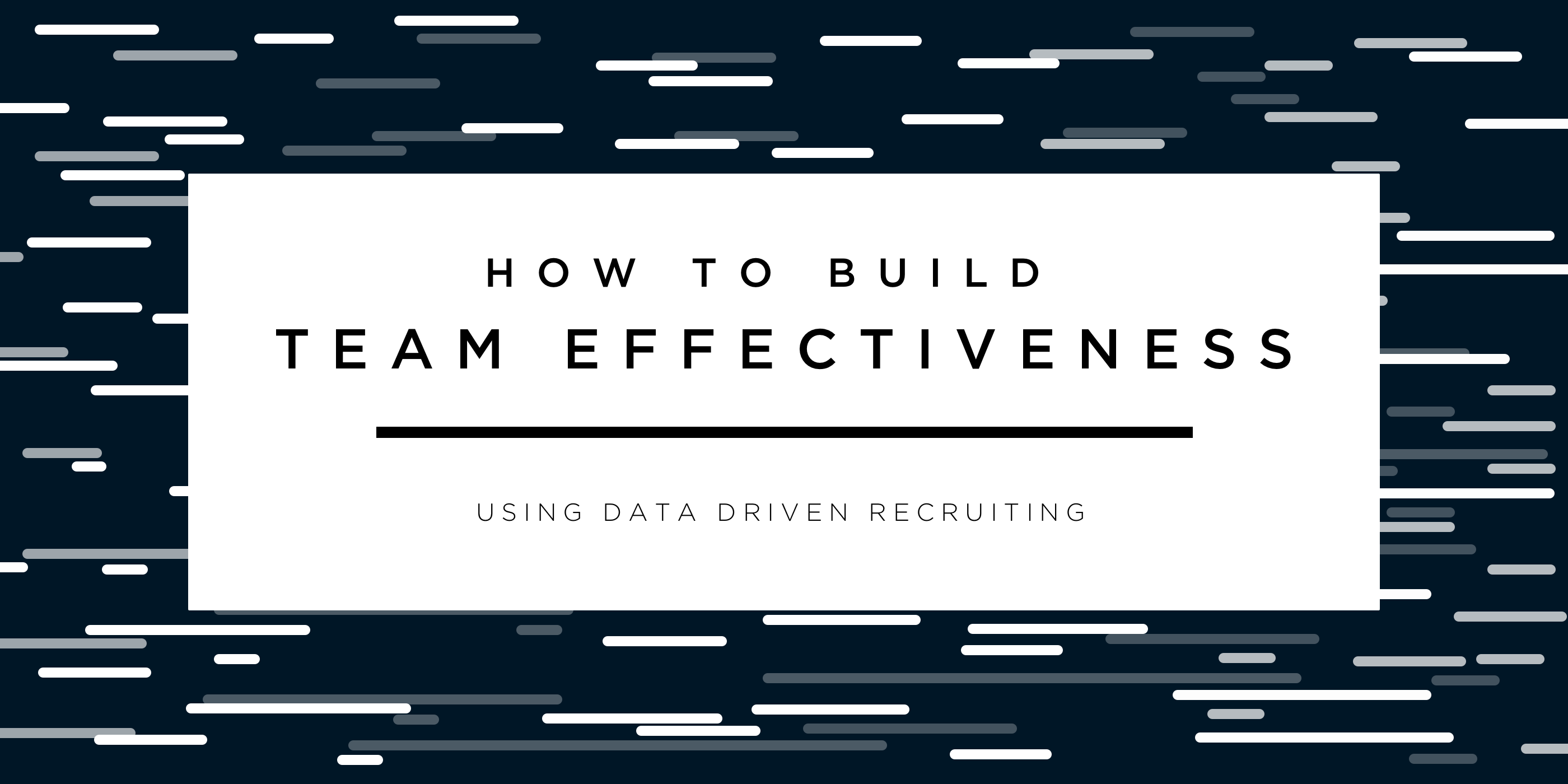
In this three-part series on Team Effectiveness, we first touched on the importance of individual awareness, and the significance of knowing how your soft skills can best serve your team. We then dove into management techniques for creating organic team synergy. Today, the focus is shifted to recruiting.
Traditionally recruiting is done on a need basis. A job needs to be filled, resumes are collected, interviews take place, and things boil down to a gut feeling on who we think we will be the best fit. As we know, time is money, and the quicker the job is filled the happier the company is with you, at least for the time being. We fill the position and hope that our intuition served us right. With all the factors to consider (needs and expectations of the employer’s, needs and expectations of the potential employees) you are juggling a lot of pieces. It is no surprise with the demands placed on recruiting that there is room for disconnect.
The times are shifting from the more archaic way of recruiting (think stacks of resumes, endless email threads, scheduling multiple interviews) to a data driven model that focuses on soft skills rather than previous education, jobs and socio-economic backgrounds. Trying to fit someone to a job with that information alone is like putting together a puzzle without knowing what the end picture will look like. Studies show that it is not one’s past, but their current emotional intelligence that actually sets them up for future career success.
While it’s not realistic for all recruiters to be psychologists, nor is it realistic economically for each individual to go through a psychiatric evaluation with a psychologist, there are HR analytics platforms available that are focused on identifying an individual’s soft skills and not only that, but how they can translate to the workplace.
How can your business benefit from data-driven recruiting? Here are a few ways:
- Focus on soft skills and how they fit in the workplace. Team interactions boil down to individual personalities and motivations and that’s not what you find on a resume.
- It saves you time. These tests are done online and by the individual on their own time. All you have to do is read the results. This could save you time scheduling, facilitating and possibly a few interviews.
- It is measurable. With all this data at your fingertips, there is endless ways to manipulate it in order to measure growth, strategize for the future, or see trends. It seems like it would only get better over time too…imagine if you had the soft skills not only for the person who you are trying to recruit but the one who you are replacing. Your job would be finding the perfect match, and the data could help you.
What does this really look like? Talentoday has a personality test and job matching platform out there designed by top data scientists and psychologists. The assessment tests over 20 personality traits and 8 professional motivators and allows you to compare candidates against each other. Results can look something like this:
If employee retention and creating a strategy for hiring in the future is something you would like to get involved with, it may be time to move into the modern era of recruiting and give data a chance.
Eager to please your clients with data and recommend the candidates that fit the job? Check out our page to sign up for for your free trial of Talentoday Manager. And if you like this post, please hit the ❤️ button below or give me a shout on Twitter.
How to Build Team Effectiveness: Bringing Balance by Empowering Management
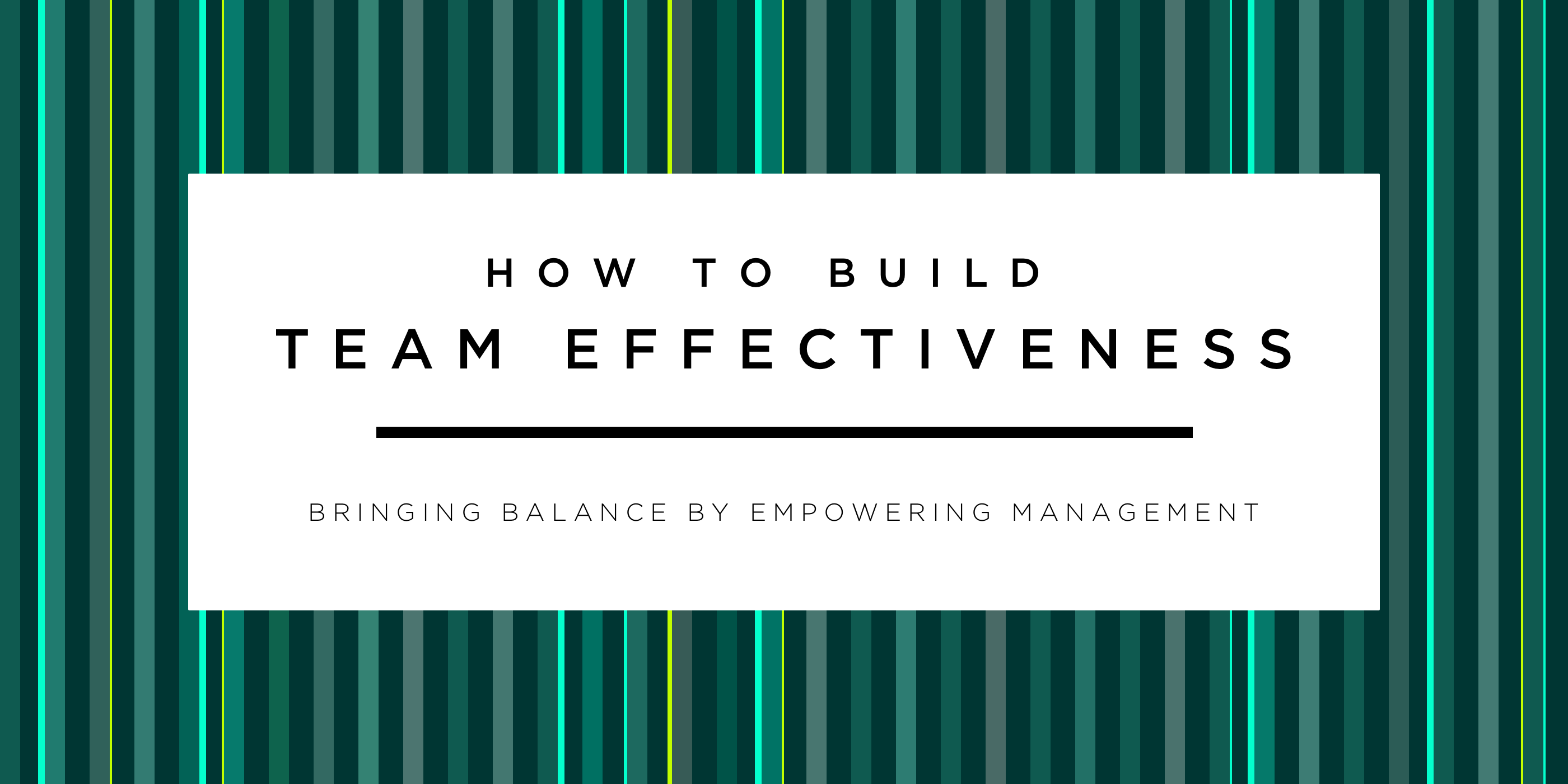
Last week I touched upon the importance of individual self-awareness for team effectiveness in Part 1 of this series, How to Build Team Effectiveness: It starts with the Individual. Today I will shift my attention to leadership within the team, and what managers should strive for when creating a balanced team.
I decided to interview a long-time successful leader, Gino Blefari, CEO of Berkshire Hathaway HomeServices. With 30 years of management experience under his belt and numerous awards in leadership and mentorship, I knew he would have a few nuggets on team effectiveness.
Gino first said that a key to his success in inspiring teams is that he is constantly learning. He is always picking up books and learning new techniques from authors new and old. The books he reads are not just business books, some are fictional novels, others autobiographies, all in which he is able to prune out important takeaways.
When I asked him what makes up a good team he got excited, telling me he had just read The Boys in the Boat, a feel-good story about superstar rowers on a quest to achieve Olympic victory. He said not only was the story incredibly inspirational, but weaved in the keys to a successful team that are applicable to every industry and profession.
“Crew races are not won by clones. They are won by crews, and great crews are carefully balanced blends of both physical abilities and personality types … And capitalizing on diversity is perhaps even more important when it comes to the characters of oarsmen. Good crews are good blends of personalities; someone to lead the charge, someone to hold something in reserve; someone to pick a fight, someone to make peace; someone to think things through, someone to charge ahead without thinking. Somehow all this must mesh. That’s the steepest challenge.”
It goes without saying that every team is different. What makes a team dynamic and productive is having variety. Building on the knowledge of an individual’s skill set, managers can harness their unique skills to build teams with balance. A smart manager knows what to look for but often has little time. Gino & I discussed that his busy schedule has pushed him to make every minute count.
As a manager, it is your job to create an environment that fosters this idea of synergy. Synergy is defined as the interaction or cooperation of two or more individuals to produce a combined effect greater than the sum of their separate effects. When I asked Gino how he achieves this with his teams, he was ready with an answer,
“The closer the team is together, the better the team will perform together. When individuals become accountable to their teammates, that’s when productivity grows exponentially.”
Every time someone new joins his team they are assigned an accountability partner. You are responsible for talking to your partner every day, whether it is a call or an in person meeting. The goal of the call is to get to know your teammate as an individual, aside from work. In a dream world this would happen with every new hire across all companies. But time and expansion can cause managers to cut corners when getting to know their teammates, throwing a wrench in that whole “synergy” thing.
So how can we stay in tune with our employees changing needs especially when we are pressed for time? One option might rely on technology. For instance, Talentoday, a people analytics platform and soft skills personality assessment, allows a manager to become the psychologist who can artfully concoct the perfect blend of personalities to create an effective team.
Similar to Gino’s “accountability partner” idea, Talentoday’s Premium Development Report allows you get an in depth analysis of an individual’s personality traits and motivators in the work place. Everyone is unique and we all have different drives that get us out of bed in the morning. As a manager, having these insights in your back pocket would no doubt give you the information you need to keep your employees engaged.
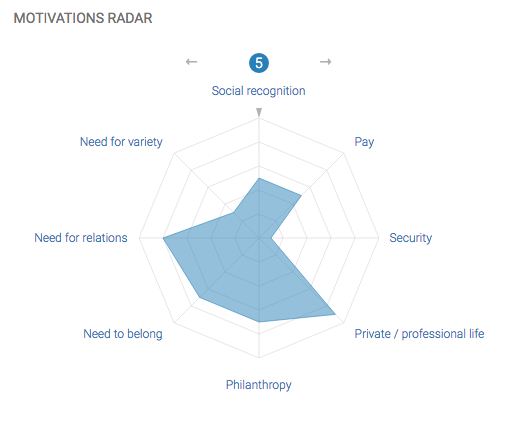
But this idea of getting to know your employee both personally and professionally only works if you have hired the right individual in the first place. Which brings me to my final thought; fostering team effectiveness begins with recruiting the right people. Next week we will take a look at the recruiting process and the important combination of data and intuition when selecting people to join your team.
Curious to find out your professional traits? Check out our page to take your free personality assessment today. And if you like this post, please hit the ❤️ button below or give me a shout on Twitter.
How to Build Team Effectiveness: It starts with the Individual
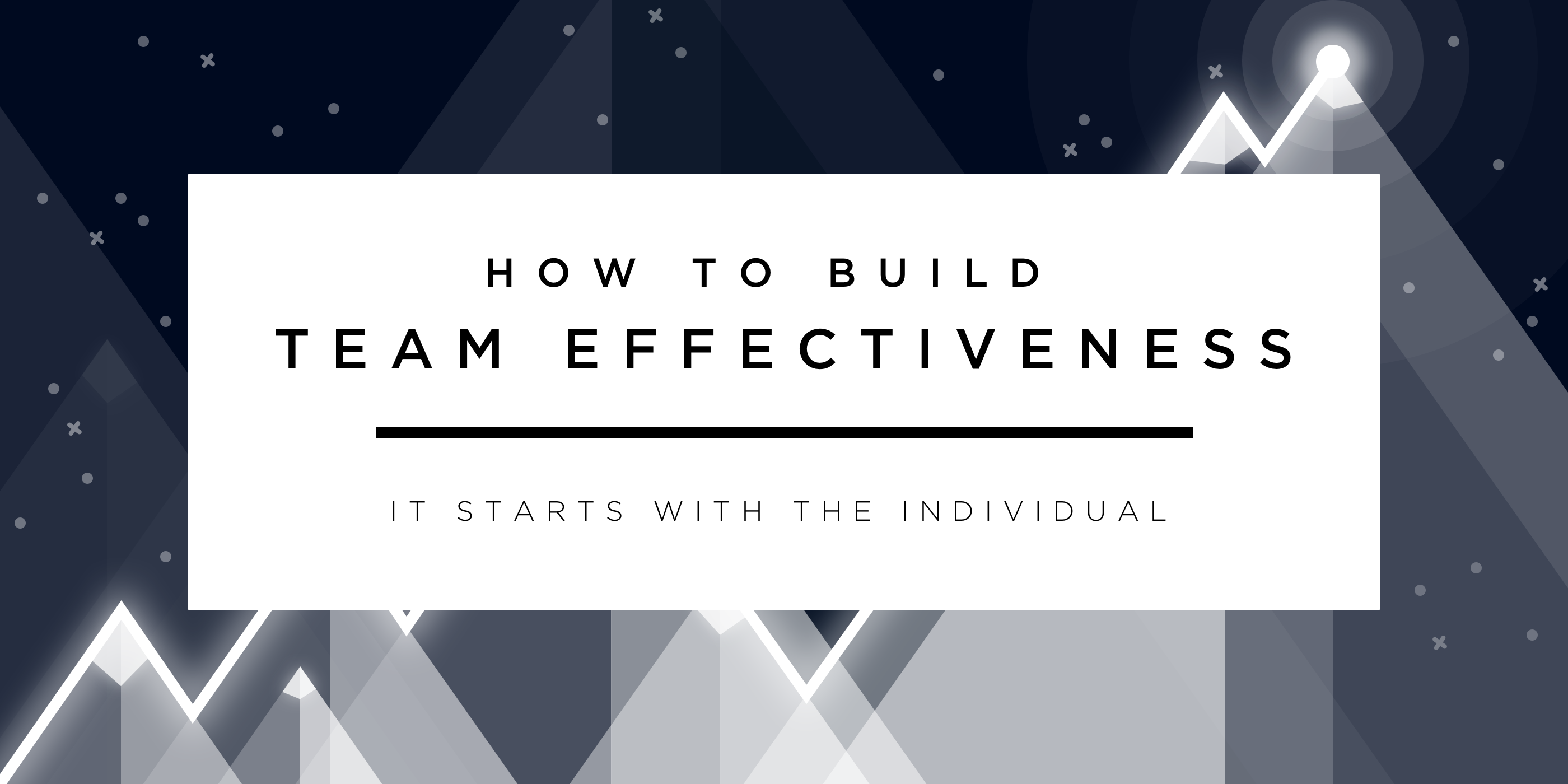
We have been conditioned since we were children to use teamwork. As a toddler you worked with your imagination and your team of playmates to create a different world. Or maybe you worked with your siblings to build the most effective Lego fortress. Learning and productivity and the uniqueness of your work was most likely positively correlated to the ability of you and your teammates, friends, siblings to communicate. You knew your skills and you weren’t afraid to express and utilize them.
Fast forward 20, 30 maybe 40 years and you now know the “best” characteristics to have as a teammate (thanks, Google). It doesn’t matter what your natural skills are, you have read studies about what employers want to hire and you identify with that to make you competitive. You probably believe yourself by now! You alter your skill set for the job. Anyone who has edited their resume for a certain job can relate…
Things are a little backwards right now. A job is open and we try to fit the person in the job instead of fitting the job to the person.
An opening in a team arises and we add someone based on their experience and usually don’t have much of an idea about how they will work on a team besides the characteristics they portrayed from their years of research on what you want to hear. We hire in hopes that they will fit with the team dynamic.
I thought I knew a lot about my natural skill set because I love personality tests. Myers-Briggs, the Enneagram, you name it I have taken it. The thing about these tests is they were putting me in a box again. Fitting me to the type instead of the type to me. My colleague and I have the exact same Myers-Briggs score. We are both ENFJ’s which account for about 5% of the population. The Enneagram also named us both “The Helper”. I can tell you right now if you put us on a team we will not be doing the same job and we both bring very different skills to the table in a team environment.
So we are left with a disconnect of how our personality can help us be effective on a team. How our natural characteristics can transfer into the workplace. It was not until I took this questionnaire that I had clarity on how my personality skills can serve me on a team. I passed the test onto my colleague and was surprised, but then again not, that our results were far from the same.
If you are the individual reading this, it’s time to get honest. Take yourself out of the work equation for a moment and think about what part you play on the team at home, with your friends, or in public. Think of your instinctual skills and try to bring that to your work team. Maybe have a conversation with your manager about how you can bring your skill set to the forefront of your work.
If you are a manager, hold tight! Now that we know the success of the team is built on individual awareness, we can turn our attention to the factors of building the most effective and productive team in Part 2 of How to Build Team Effectiveness: Bringing Balance with Empowering Management.
Curious to find out your professional traits? Check out our page to take your free personality assessment today. And if you like this post, please hit the ❤️ button below or give me a shout on Twitter.



